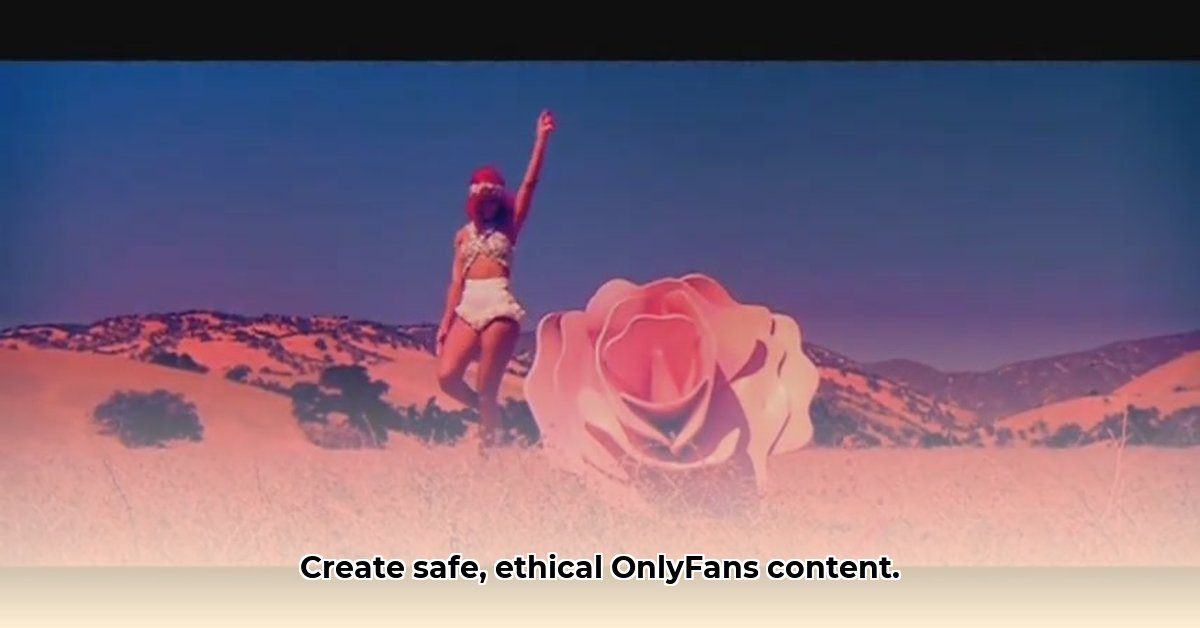
Creating Online Video Content Responsibly
Creating engaging online videos is exciting, but responsible content creation requires careful planning. This guide focuses on building a strong foundation for ethical and legal video production. We will not discuss creating content that is sexually explicit or exploits, abuses, or endangers children; such content is illegal and harmful. Instead, we'll explore strategies for making videos that are both popular and safe, applicable to any content type.
Understanding the Online Landscape: Beyond Views
Creating captivating online videos goes beyond simply gaining views. It’s about fostering trust with your audience and understanding the impact of your work. Building a positive relationship with viewers requires ethical and responsible practices. This involves navigating the complexities of online video creation, balancing creativity with legal and ethical considerations.
One significant challenge is balancing creativity with legal and ethical responsibilities. This requires careful planning and a thorough understanding of potential risks. Legal risks include copyright infringement (using someone else's music or video clips without permission) and privacy violations (filming people without consent or sharing private information). These can lead to legal repercussions and damage reputation.
Your Ethical Checklist: A Guide to Responsible Video Making
Before filming, ask yourself these essential questions:
Originality Check: Is my content original, or do I have permission to use copyrighted material (music, images, etc.)? Unauthorized use requires permission from the copyright holder.
Privacy Shield: Does my video respect the privacy of individuals featured? Have I obtained explicit consent from everyone involved before sharing it online? Even without clear facial views, voice or other identifiers can raise privacy concerns.
Child Safety First: Does my video avoid themes that exploit, abuse, or endanger children? Child safety is paramount and non-negotiable.
Legal Compliance: Am I compliant with all relevant laws and regulations concerning online content? Different regions have varying rules; research applies to both your region and where your audience is located.
This checklist is crucial for creating safe and ethical videos. Following it is not just a good idea—it's a necessity.
Building a Winning Content Strategy
Consider creating a video about a safe and ethical topic, such as showcasing responsible wildlife photography techniques. You’d need high-quality footage, accurate information, and clear guidelines for ethical wildlife observation. Your goal would be education and inspiration, emphasizing responsible interactions with nature. Proper sourcing and linking to credible resources are crucial for building trust. Apply this rigorous approach to any topic you choose. Thorough research is paramount; ensuring accuracy is the foundation of trust.
Safe Content Practices: A Summary
Responsible video creation hinges on these key elements:
Thorough Research: Conduct comprehensive research for accuracy and to avoid misinformation. Verify sources carefully.
Permission & Credit: Always obtain permission and give credit for any non-original work (music, images, etc.).
Transparency: Be transparent about sponsorships or endorsements. Honesty builds trust.
Compliance: Familiarize yourself with and follow the platform's community guidelines.
Creating responsible online content is not only about avoiding legal problems, but about building a positive online experience for everyone. The goal is to create videos that inform, entertain, and inspire—videos you can be proud of.